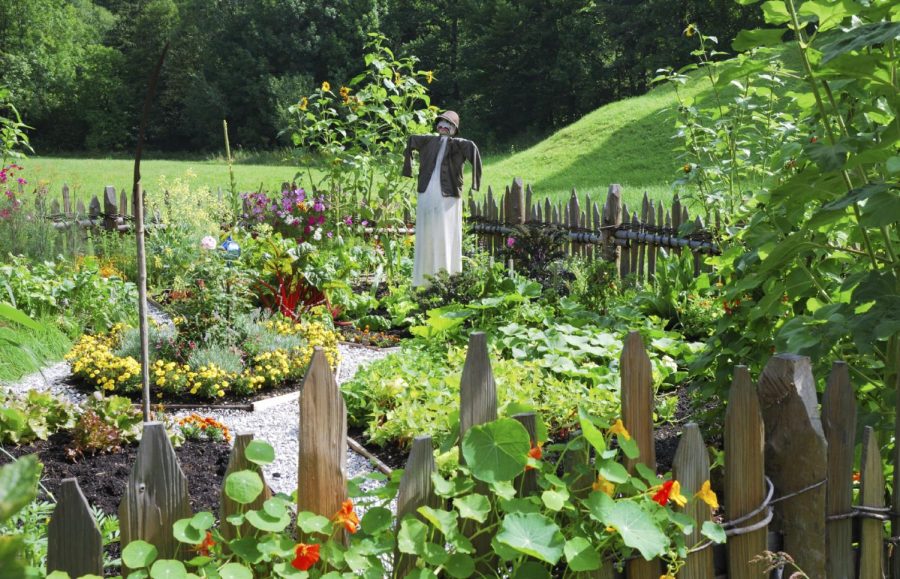A Step By Step Guide On How To Start Your Own Garden
Starting a garden can be intimidating and overwhelming, but with the proper instructions and tools, anyone can have their own garden in no time. Gardening is easy and fun to manage.
The first step to starting a garden is deciding what type of garden to grow. There are tons of different things to fill gardens with such as flowers, veggies, non edible plants, mushrooms, among other things. One can have multiple kinds of plants in gardens, but it’s often recommended to begin a garden with plants that are similar to each other. When finished selecting the type of garden, picking the right size for it is crucial. A nice beginner size garden is six by six feet, but anything smaller is good too. If a backyard isn’t available, growing plants inside or in little containers works just as well. Gardens are customizable to fit everyone’s needs.
When picking what to plant, think about how often the plants will be used. For example, if bell peppers are planted and they aren’t used often, plant something else that will get eaten more. Selecting what to grow is important because if a wrong decision is made, food and money go to waste, along with the possibility of the death of the plants. Choosing a plant that’s compatible with home life is very important as well. When selecting what type of plant to grow, one should think about whether they have pets at home, and if they require specific types of care. Another important aspect when deciding what to grow is knowing if the plants are seasonal or if they’re perennial. When picking something that is just seasonal, there are pros and cons to it. Having seasonal plants can be nice because the plants usually flower quicker than perennials. Seasonal plants are a good way to experiment with different kinds of plants with no commitment, and they are less expensive. However, after the seasonal plants have grown, it’s a hassle to dig everything up and replant it again.
Another important factor when starting a garden is the soil that will be used. The type of soil used in gardens is best when it’s dark and crumbly. Soil can be expensive, but there are always other ways to make soil healthy for plants. Adding compost, eggshells and bone meal can improve the quality of soil. A great inexpensive way to take care of plants is compost. Compost helps the growth of plants a lot because plants retain moisture and nutrients from the compost. If clay soil is used, that’s also compatible with the addition of compost. Adding compost to the garden helps separate the clay particles and lets the plants receive oxygen and drain water easier.
Once the types of plants and soil are selected, it’s time to begin planting. When planting, spread the seeds a little far away from each other. The seeds should be generally 6-12 inches apart. Some seeds are different and need to be at a certain depth in the soil, so that’s important to take into account when fulfilling this step. When the seeds are planted, water them according to what kind of plant they are. Some plants just need minimal maintenance, while others need specific watering care. An example of plants that require specific watering care are basil plants. This specific type of plant only needs to be watered at least once a week.
Other things to look out for when planting are bugs and pests. However, it can be easy to handle if the proper precautions are taken. There are lots of natural pesticides that are made out of common household items that are very effective for keeping pests off plants.
After watering plants and establishing pest control, the harvest can now begin. Picking the veggies that have grown often creates a sense of accomplishment and are also more delicious than store bought ones. Making gardens is a little complicated at times but once broken down into steps, it isn’t as scary. To find more kinds of garden plants, look here.
Your donation will support the student journalists of McNeil High School. Your contribution will allow us to purchase equipment and cover our annual website hosting costs.






